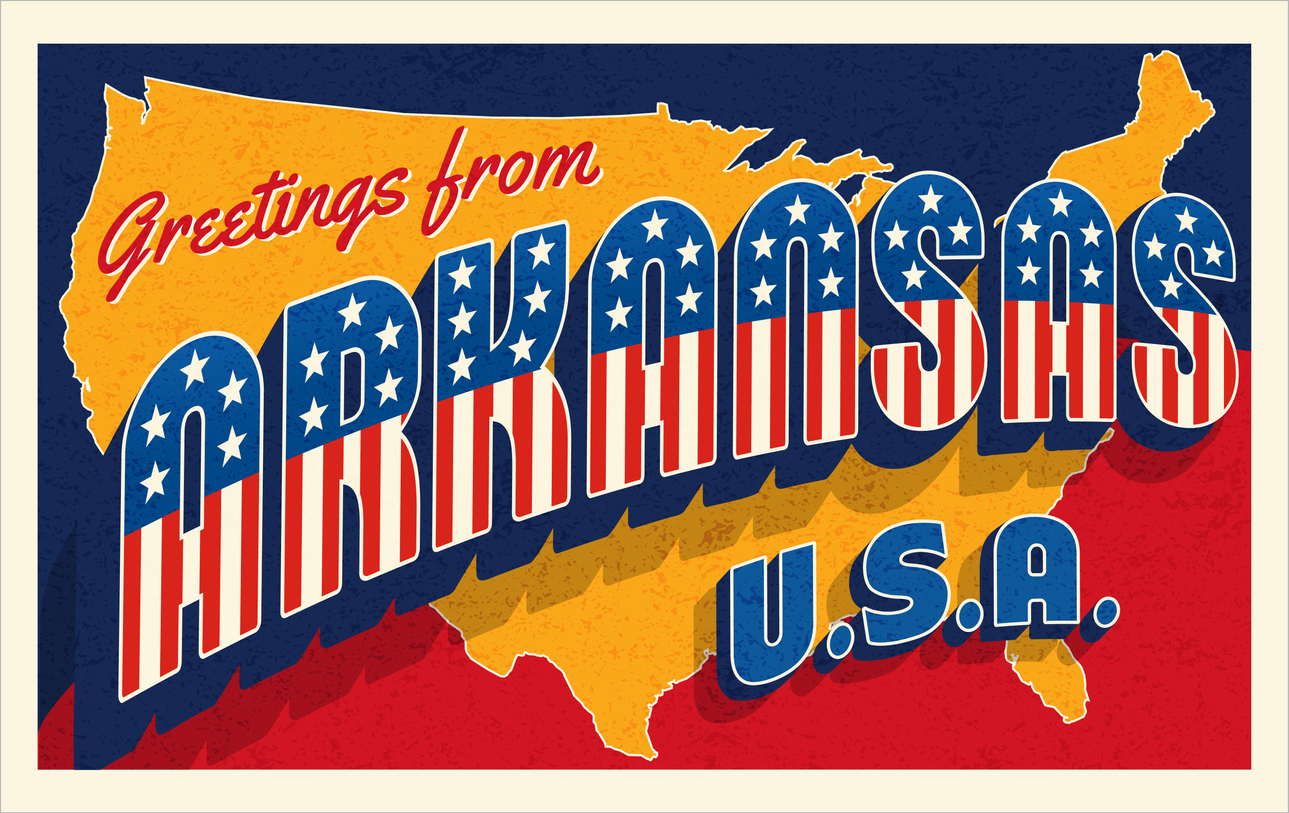This week I turn the Total Loss focus to one of the most beautiful states in the union, a state in which I recently litigated a large hotel loss, and the home of Wal-Mart and Tyson Chicken, among other recognizable brands – Arkansas.
Like we have seen in other states, the total loss definition in Arkansas finds its roots in fire insurance. Arkansas courts have held,
If…the building was burned, and that it was so far destroyed that no substantial part or portion of it remains in place capable of being utilized to advantage in restoring the building in the condition in which it was before the fire, then it is a total loss. On the other hand, there can be no total loss if the remnant of the structure standing is reasonably adapted for use as a basis upon which to restore the building to the condition in which it was before the fire, and whether or not the remnant of the building is adapted to use as a basis to restore the burned building to its condition before the fire depends on the question whether a reasonably prudent owner, uninsured, desiring such a structure as the building was before the injury in proceeding to restore the building to its original condition, would utilize the remnant.1
This standard is essentially the “prudent owner” standard we have seen in other states. Put more simply by a later ruling by the Arkansas Supreme Court,
If a building is destroyed, as a building, so that the walls although remaining are in such a condition that they will have to be torn down, there is a total loss.2
Additionally, it appears from the case law that Arkansas is a Valued Policy state meaning,
[I]n case of total loss the insurance company is liable for the full amount stated in the policy.3
This is true even if there were some evidence that the building could be rebuilt for less than the policy limits.
1 St. Paul F. & M. Ins. Co. v. Green, 29 S.W. 2d 304, 307 (Ark. 1930).
2 Firemen’s Ins. Co. v. Little, 74 S.W. 2d 777, 782 (Ark. 1934).
3 Little at 782.



